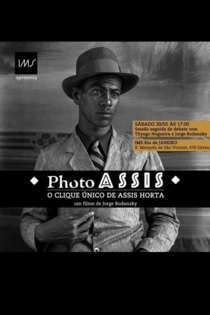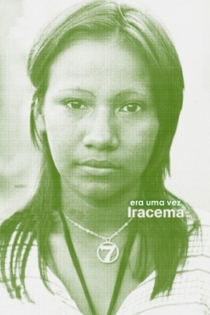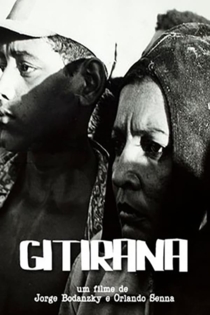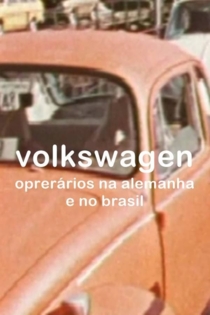
Jorge Bodanzky
1942 (83 года)Idade da Água
Orlando Senna
Dira Paes, Gaby Amarantos
The film warns us about the world's water crisis and the international greed for the Amazon Forest, the largest fresh water reservoir on the planet. In addition to concentrating 20% of the world's drinking water, the Amazon is the region with the greatest chance of maintaining its water sources in the next decades, thanks to the humidity of its forest.
The Age of Water
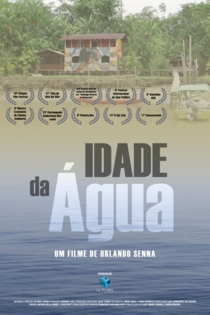
Candango: Memórias do Festival
Lino Meireles
Carlos Diegues, Milton Gonçalves
In 1965, a year after the military coup in Brazil, an oasis of freedom opened in the country's capital. The Brasília Film Festival: a landmark of cultural and political resistance. Its story is that of Brazilian cinema itself.
Candango: Memoirs from a Festival

Terceiro Milênio
Jorge Bodanzky, Wolf Gauer
Evandro Carreira, Paulo Lucena
August, 1980. Evandro Carreira, a Brazilian senator leaves his party's office in Manaus to visit his constituents in the state of Amazonas. Interviews with farmhands, loggers, explorer Paulo Lucena, Brazilian and Peruvian Indians and a representative of the National Indian Foundation (Funai) were recorded from the city of Benjamin Constant to the village of Cavalo Cocho. A visit to the indigenous village of the Ticunas and the lands of the Maiuruna people culminate with an interview and the actions of José Francisco da Cruz, a member of the Order of the Holy Cross. Throughout the trip, the economic potential of the Amazon and its problems (corruption in the indigenous policies and the pollution produced by factories) are shown.
Terceiro Milênio
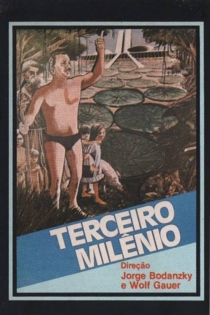
Navegaramazônia – Uma Viagem com Jorge Mautner
Jorge Bodanzky, Evaldo Mocarzel
Jorge Mautner, Nelson Jacobina
In March 2006, the team for the Navegar Amazônia project left the Jandiá Channel in Macapá, bound for Belém. On board a regional boat, adapted with a modern multimedia laboratory, were the project team and thirty persons, including musicians and filmmakers. The objective was, along the way, to offer workshops in music, cinema, photography, video and art to the population visited on the river's edge. The documentary is a record of the interaction between the guests and the local population. The Navegar Amazônia project captures and conveys contents of the Amazon in a unique way: from the heart of the forest and from the river to the world.
Navigating the Amazon: A Voyage with Jorge Mautner
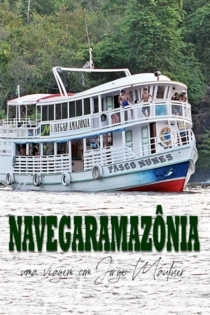
Jari
Jorge Bodanzky, Wolf Gauer
Documentary filmed in the Jari Project area – multinational enclave, located between Pará and the then Federal Territory of Amapá, on the occasion of the visit made to the Project by the Parliamentary Commission of Inquiry about the devastation of the Amazon. Jari is the largest known land occupation in the Amazon, and probably the largest in the world, to belong to a single owner, the American millionaire Daniel Keith Ludwig.
Jari
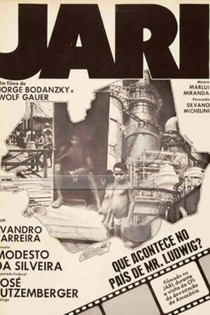
Ruivaldo, O Homem que Salvou a Terra
Jorge Bodanzky, João Farkas
Ruivaldo Nery de Andrade
In Brazil, in the State of Mato Grosso do Sul, in the region of the Rio Taquari, the increasing and continuous silting of the rivers has led to the overflow of waters and the flooding of lands over the years, causing significant changes in the lives of its inhabitants. This has made it impossible to cultivate the soil and raise livestock, a form of livelihood for local families. Member of one of these families, Ruivaldo Nery Andrade, our guide character, struggles to save his farm, through the construction of a manual system of dikes to contain and alter the course of invading waters and, thus, resume his activities and guarantee the survival of the land.
Ruivaldo, O Homem que Salvou a Terra
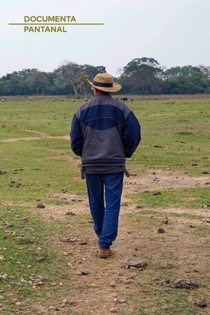
Iracema
Jorge Bodanzky, Orlando Senna
Paulo César Peréio
A girl from the countryside goes to the city of Belém to take part in the Círio de Nazaré celebrations. Led to prostitution, she wishes to move to the wealthiest Southeast region of Brazil. In a dance club, she meets a truck driver that transports wood. Dreaming with the big city, she asks for a ride, and the two begin a journey through the Trans-Amazon road. In tension with the Brazilian military authorities of the time, the film registers several aspects of the Amazon social tragedy – forest fires, slave work and child prostitution. Awarded in several international festivals, the film was forbidden by the Brazilian censorship. It was only released years later, winning the Brasília Film Festival in 1981.
Iracema
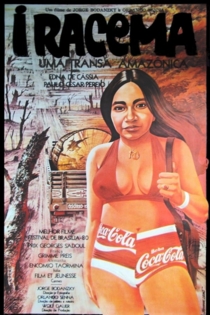
Os Mucker
Jorge Bodanzky, Wolf Gauer
José Lewgoy, Paulo César Peréio
In 1873 in Rio Grande do Sul, a group of peasants come together to form a community of brothers, arousing the enmity of the rest of the population. They are immigrants from the German region and develop a communitary social model, having the Bible as a code of morals, faith and conduct. The group's economic independence ends up irritating the locals to the point of provoking successive aggressions that culminate in a bloody massacre.
Os Mucker
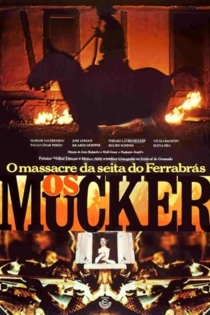
A Igreja dos Oprimidos
Jorge Bodanzky
Leonardo Boff, Aristides Camio
Documentary that tells several stories: of the struggle of rural workers in Conceição to recover their union; of Dona Mariquinha, widow of a murdered squatter and her miraculous effort to survive with her six children; de Rosa and community work in the Olaria neighborhood; the peasant Pé de Ouro and his family living in extreme poverty; de Oneide, the widow of Gringo, the rural leader killed by gunmen when he disputed in 1980 the presidency of the Sindicato de Conceição, etc.
A Igreja dos Oprimidos
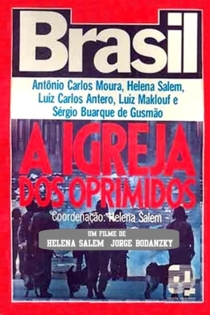
Utopia, Distopia
Jorge Bodanzky, Bruno Caldas
Jean-Claude Bernardet, Vladimir Carvalho
Jorge Bodanzky reaches to his memories of the time he studiet at the University of Brasília to show a look into the 1960s Brazilian youtuh, with its dreams, expectations, crisis and incomplete projects.
Utopia, Distopia
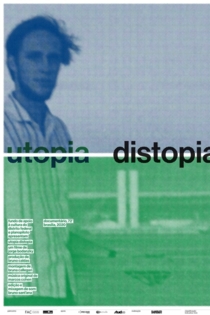
Audácia!
Antônio Lima, Carlos Reichenbach
Jorge Bodanzky, Letácio Camargo
Segment "Prólogo": interviews and scenes with some of the most important filmmakers of the "Boca do Lixo" of São Paulo. Segment "A Badaladíssima dos Trópicos x Os Picaretas do Sexo": shenanigans of a troubled fictional film production. Segment "Amor 69": Actress Maria Vargas is expected to appear nude in a scene, but ultimately refuses to do so.
Audácia!
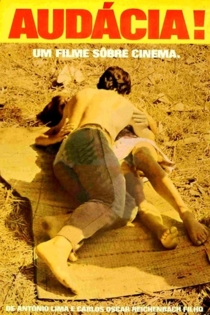
O Clique Único de Assis Horta
Jorge Bodanzky
Documentary about the Minas Gerais photographer Assis Horta, who immortalized the architectural heritage and society of Diamantina. The great impulse of his career came in 1943, with the Consolidation of Labor Laws, promulgated by Getúlio Vargas. By making mandatory a professional card with photo, Vargas gave the push that the working class needed to enter Horta's photographic studio. In the years that followed, the photographer portrayed hundreds of people. In 3x4 or full-length, many took their first portrait.
O Clique Único de Assis Horta
